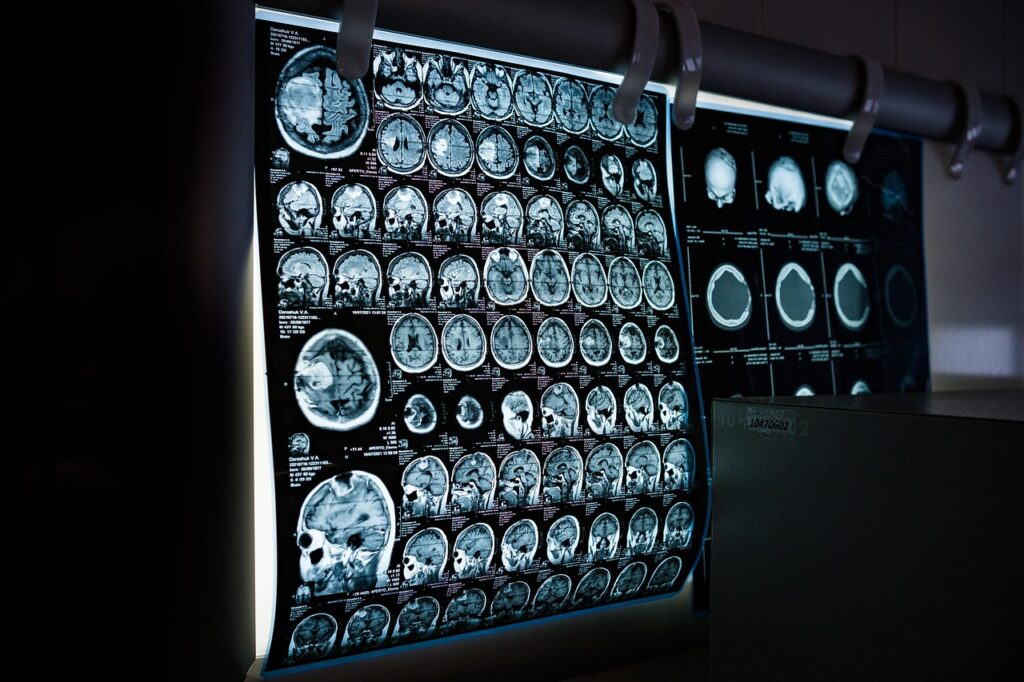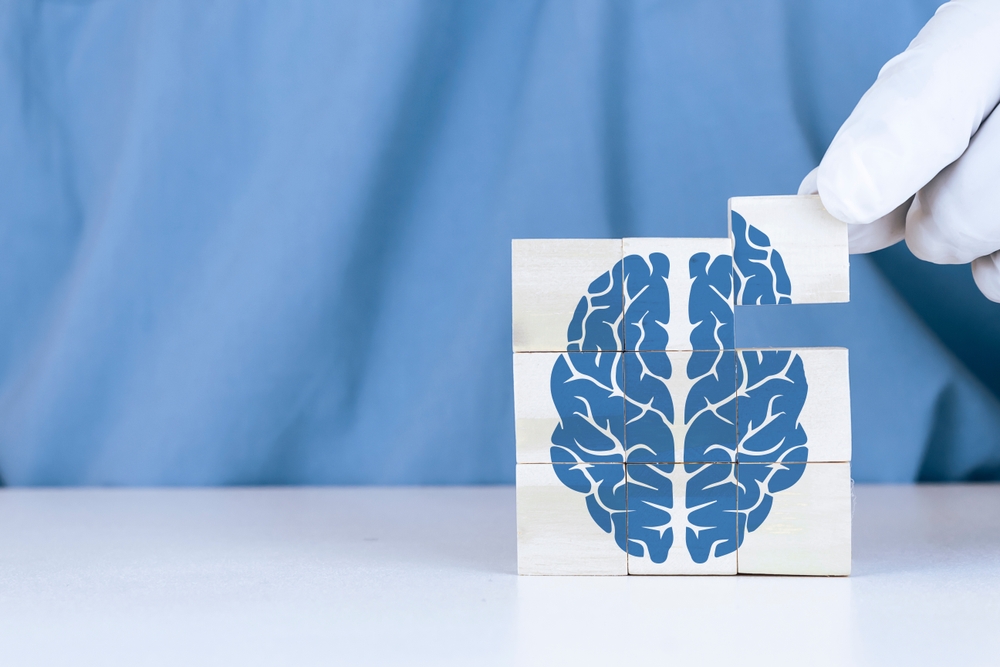It’s understandable that most people will ask for evidence for near-death experiences (NDEs) after hearing them described. After all, these are astonishing stories that seem impossible to those who’ve never had them. So how do we know they’re really happening? Is there any scientific evidence for near-death experiences?
The short answer is that yes, there is scientific evidence for near-death experiences. These are real phenomena happening to real people, and they happen more often than you might realize. In the scientific community, near-death experiences are considered real and observable.
The debate isn’t over whether NDEs exist or not. The bigger questions are aimed at all the things we don’t yet know about them. Why and how do they happen? How are they all so consistent? And perhaps the biggest question of them all: What do NDEs really mean?
Let’s examine the evidence for near-death experiences. We’ll explore the real and measurable facts regarding NDEs. And along the way, we’ll also explain how near-death experiences aren’t simple hallucinations or dreams, as some have theorized.
See Also: IANDS Q&A: Are NDEs really proof of the afterlife?
The evidence for near-death experiences is rooted in stories … a lot of stories
If one person described their near-death experience a particular way, that would be anecdotal. It’d be easy to dismiss their story, because believing them would require taking them at their word. But when there are thousands of near-death experience stories, all sharing common details, that gives you a strong basis for scientific inquiry.
By conservative estimates, approximately five percent of the population will have a near-death experience in their lifetimes. And that is a lot of people—one out of every 20, in fact. There are an estimated 8 billion people alive today, which means a staggering 400 million people in the world will have a near-death experience, according to this data.
These stories consistently share the same NDE characteristics, too. While the specific details of each NDE are unique, they all share the same core elements, like tunnels of light and communication with deceased loved ones. We can classify each report as a pleasurable or distressing NDEs, with specific qualities unique to each. And the aftereffects of NDEs are also highly consistent.
The evidence for near-death experiences doesn’t just apply to the NDE stories of today, either. NDEs have been reported throughout human history. And while these stories from yesteryear aren’t usually as detailed as they are today—the scientific field of near-death studies has only been around for 50 years—researchers do see those same characteristics in those stories, too.
See Also: What is a near-death experience or ‘NDE’?
Are certain people more or less prone to NDEs?
Another important aspect of NDE research—and establishing evidence for near-death experiences as well—involves figuring out who is or isn’t prone to having them. After all, if one subset of people are more likely to have NDEs, there might be something else at play, right? This could just be a simple question of culture, education, mental health, or some other factor.
By conservative estimates, approximately five percent of the population will have a near-death experience in their lifetimes
But this isn’t the case. There are no underlying cultural, mental, or societal conditions affecting the likelihood of NDEs. They are not attributed to any specific or known conditions, behaviors, or characteristics.
Put simply, anyone can have an NDE, regardless of who they are, where they come from, or what they believe or don’t believe. A person of deep faith is no more or less likely to have an NDE than an agnostic or atheist person. Race, age, gender, sexual orientation, education level, mental health … none of these factors play a role in the likelihood of a person having an NDE.
See Also: What causes near-death experiences, and who has them?
Veridical perception and the impossibility of consciousness
So far, we’ve looked at a lot of statistical evidence for near-death experiences. But what about the more fantastical elements of NDEs? For that, we need to look at a concept known as veridical perception.
Veridical perception refers to a person’s ability to experience things they scientifically shouldn’t be able to experience. For instance, a person unconscious for their resuscitation shouldn’t be able to accurately report conversations or events during those efforts. A person should not be able to report objects, events, or conversations in other rooms or even outside of buildings, especially while unconscious.

Studies show that brain activity typically ceases within minutes or even seconds of cardiac arrest. And yet, patients report vivid near-death experiences during these periods. There have even been cases of EEG activity not correlating with reported NDEs.
And that’s where our NDE research runs into barriers. We can’t scientifically explain how these things are possible, but we have substantial evidence showing that it’s happening. That’s partly why the pursuit of evidence for near-death experiences can be challenging. And it’s also a key component of why this research is so fascinating and compelling.
The pursuit of evidence for near-death experiences is ongoing
While NDEs are still considered “anomalous” by the mainstream materialist science community, curiosity regarding near-death experiences has been growing rapidly, especially in recent years. And there are still a great many questions left unanswered regarding near-death experiences and related phenomena.
If you’ve had a near-death experience, please consider submitting your NDE story to IANDS. Our researchers can learn a lot from your personal experience!
IANDS is one of the world’s most prominent organizations focused on near-death studies. And as an educational nonprofit, we rely on the generosity of curious people like you to continue our work. With your help, IANDS can continue not only important NDE research, but our efforts toward spreading education and raising awareness as well.
Together, we can normalize conversations around NDEs, provide better educational resources to the medical community, and more. So please, if you can, consider …
- Making a tax-free donation to IANDS
- Joining IANDS as a member
- Exploring our Extraordinary Shop
- Learn about our next can’t-miss IANDS Conference and consider learning about NDEs in person!
FAQ — Evidence for near-death experiences:
What is the most compelling evidence for near-death experiences?
Many researchers believe the validity of near-death experiences can be confirmed by reviewing not only the volume of NDE accounts, but all of their shared elements as well. And the details surrounding stories of veridical perceptions simply can’t be ignored, either.
How common are near-death experiences?
Studies suggest that around five percent of the population—one out every 20 people—will have a near-death experience in their lifetime.
Do cultural or religious beliefs affect NDEs?
No. Research shows that people from all backgrounds, belief systems, ages, races, and genders report strikingly similar experiences from all around the world. Neither culture nor religion play any significant role in having a near-death experience.




